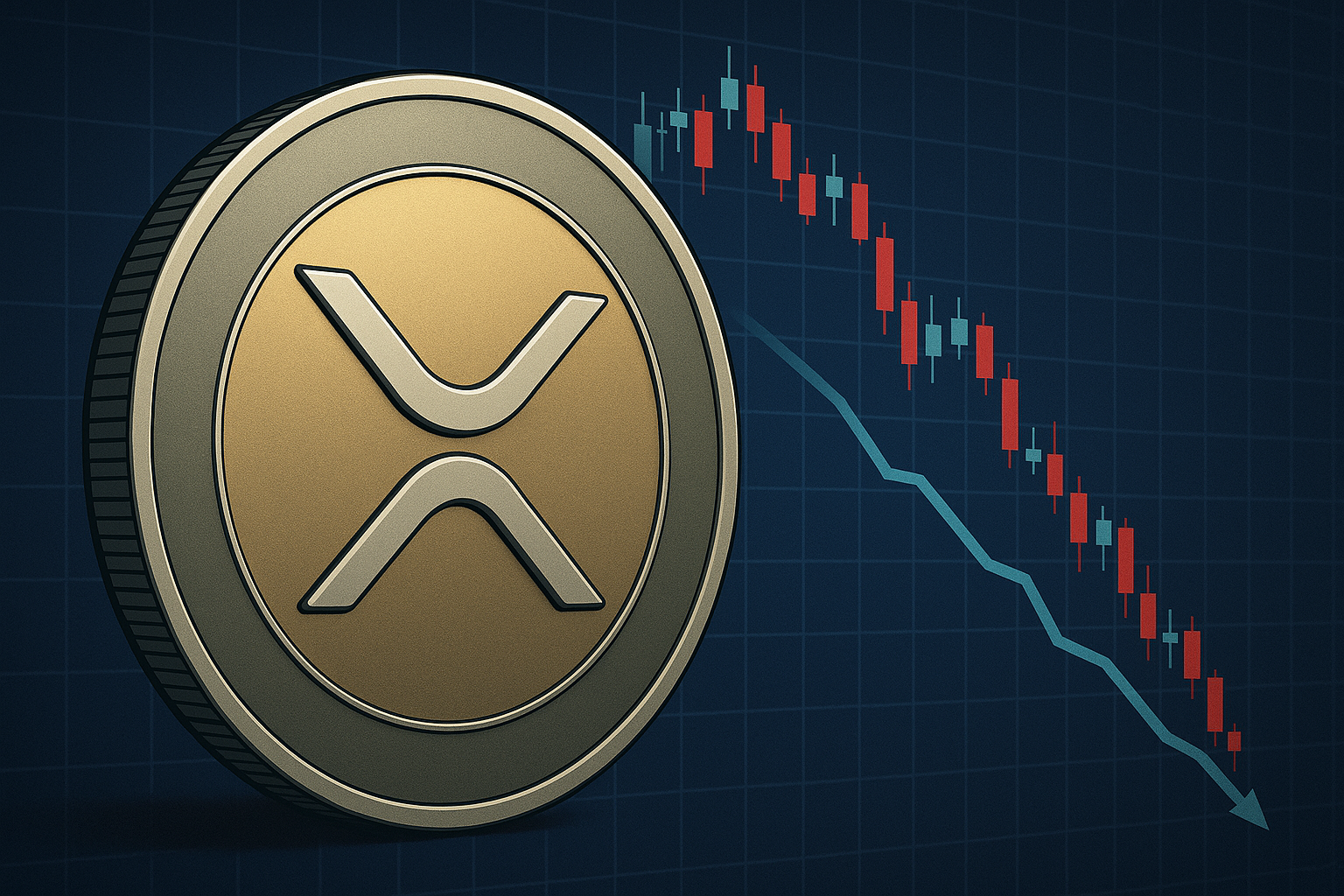Nvidia RTX 4070 review: a $599 RTX 3080 — kind of
The RTX 4070 is the most affordable RTX 40-series GPU yet, with solid 1440p performance. Continue reading…
/cdn.vox-cdn.com/uploads/chorus_asset/file/24577791/236600_Nvidia_RTX_4070_review_TWarren_001.jpg)
I could end this Nvidia RTX 4070 review early and say it’s simply a $599 RTX 3080, but it’s far more complicated than that. This is Nvidia’s most affordable RTX 40-series card yet, after the $1,599 RTX 4090, $1,199 RTX 4080, and $799 RTX 4070 Ti. The RTX 4070 arrives on April 13th, starting at $599, which is $100 less than the RTX 3080 and $100 more than the RTX 3070.
After an “unlaunched” 12GB RTX 4080 saw a swift rebranding to the RTX 4070 Ti without a Founders Edition, Nvidia is now ready to offer its own Founders Edition RTX 4070 to put the pressure on board partners to stick to its $599 retail pricing.
The RTX 4070 delivers solid performance at 1440p that’s comparable to the RTX 3080, but at 4K, it misses out in nearly every game. If you’re wanting to upgrade from a 1080p experience to a 1440p monitor, the RTX 4070 is worth considering, but I was expecting a little more from a generational leap.
Hardware
I’m impressed at the size of the RTX 4070, especially compared to the RTX 4080 and RTX 4090. It’s the first RTX 40-series Founders Edition card that isn’t giant, and it’s actually shorter than the RTX 3080, too. Weirdly, it still ships in the same comically huge box that the RTX 4090 comes in, even though it’s a two-slot card that will easily fit into most cases and even small form factor ones.
The RTX 4070 Founders Edition card has similar design aspects to the RTX 4080 and RTX 4090 GPUs. Nvidia is using a die-cast aluminum body, dual axial fans, and an eight-layer PCB on the RTX 4070. The cooling system has been improved over the RTX 3070 thanks to a new copper pedestal that cools the GPU alongside four heat pipes. Nvidia has also improved its own axial fans so they’re more powerful to improve cooling. As always, third-party cards will have a variety of cooling system designs.
Photo by Tom Warren / The Verge
There are three DisplayPort 1.4 ports (up to 240Hz at 4K with DSC) and a single HDMI 2.0 port (up to 60Hz at 4K) at the rear, much like the other RTX 40-series cards. Nvidia hasn’t moved to HDMI 2.1 here, and that’s probably not too much of an issue, given this is more designed for 1440p gaming than high refresh rate 4K gaming.
Like the rest of the RTX 40-series cards, Nvidia is now using a single 12-pin PCIe 5 connector on the RTX 4070. There’s a 12VHPWR adapter cable in the box so you can connect two eight-pin PCIe power cables. I still really dislike this power adapter, and I recommend investing in a single cable solution from third parties like CableMod.
Speaking of power, Nvidia has made the RTX 4070 a lot more efficient so it can deliver RTX 3080 levels of performance while using less power. The RTX 4070 only needs a 650-watt power supply, the same as the RTX 3070 requirements, compared to the 750-watt supplies necessary for the RTX 3080 and 3070 Ti. The RTX 4070 has a 200-watt TGP, and it regularly runs below that in a variety of games. The RTX 3080 maxed out at a 320-watt TGP, so the power savings are clear for what is similar performance.
The RTX 4070 ships with 12GB of memory, which is only 4GB more than the RTX 3070 and just 2GB more than the original RTX 3080 10GB model. I think it’s disappointing that Nvidia hasn’t gone to 16GB of memory here, especially when we’re starting to see modern games already eat up 8GB cards at max settings for 1080p or 1440p gaming and far beyond that for 4K.
AMD has been going in the opposite direction, shipping its $899 RX 7900 XT with 20GB memory and its $999 RX 7900 XTX with 24GB of memory. Nvidia’s $799 RTX 4070 Ti also ships with 12GB of memory, while the $1,199 RTX 4080 comes equipped with 16GB of memory, and the $1,599 RTX 4090 has access to 24GB.
1440p benchmarks
For 1440p testing, I paired the RTX 4070 with AMD’s latest Ryzen 7 7800X3D processor pushing a 32-inch Samsung Odyssey G7 monitor. This monitor supports refresh rates up to 240Hz as well as Nvidia’s G-Sync technology.
AMD test machine:
I’ve put the RTX 4070 head-to-head with the RTX 3080, RTX 3070, RTX 3070 Ti, and RTX 4070 Ti to see where this latest RTX 40-series GPU slots into Nvidia’s lineup. I’ve tested a variety of AAA games like Cyberpunk 2077, Forza Horizon 5, and Assassin’s Creed Valhalla. All games were tested at high or ultra settings across all of the GPUs tested, and most managed to exceed 100fps or come close to it.
The RTX 4070 is around 30 percent faster than the previous RTX 3070 in most games at 1440p and offers similar performance to the RTX 3080. Meanwhile, the step-up RTX 4070 Ti is around 25 percent better than the RTX 4070 at 1440p.
The RTX 4070 delivers impressive gains over the RTX 3080 in titles like Forza Horizon 5 and Assassin’s Creed Valhalla but loses out in Counter-Strike: Global Offensive. Nvidia was able to reproduce the dips in performance for CS:GO in my previous RTX 4070 Ti review, so there must be some kind of bug affecting RTX 40-series cards in the benchmark that we use.
Where the RTX 4070 really comes alive is with DLSS 3. Nvidia’s latest upscaling technique is exclusive to the RTX 40-series cards and uses the same AI from DLSS 2 alongside a new AI frame generation technology. DLSS 3 generates two frames using existing rendering techniques; then, a third frame is inserted between them using the new frame generation tech.
The result is a big uplift in performance. I enabled DLSS 3 in Forza Horizon 5, and frame rates jumped from 127fps average with DLSS 2 to 159fps average with DLSS 3. That’s a 25 percent performance bump. If we compare the RTX 3080 with just DLSS 2 to the RTX 4070 with DLSS 3, then the performance uplift is almost 40 percent.
I saw even more impressive results with Cyberpunk 2077 and DLSS 3. Moving from the ray tracing ultra preset with DLSS 2 quality enabled up to DLSS 3 nearly doubled frame rates from 68fps to 120fps at 1440p on the RTX 4070.
4K benchmarks
On the 4K side, the RTX 4070 isn’t as impressive against the RTX 3080 here, and that’s probably why Nvidia is marketing this as a 1440p card. I paired this GPU with a 31.5-inch Acer Nitro XV2 monitor. This monitor supports refresh rates up to 144Hz, but the RTX 4070 didn’t come close to making use of that refresh rate even with the help of DLSS.
In most games, the RTX 3080 beats the RTX 4070 at 4K, with Forza Horizon 5 and Assassin’s Creed Valhalla the noticeable exceptions. But the RTX 4070 comfortably beats the RTX 3070 at 4K, delivering close to 60fps in most games. You’ll probably want to drop some settings to get some better performance at 4K, though.
Once again, the RTX 4070 Ti is around 25 percent better than the RTX 4070 at 4K, but you’re paying about 33 percent more for the extra performance the RTX 4070 Ti delivers at both 1440p and 4K.
The RTX 3080 was all about delivering better 4K performance at less than $1,000, but nearly three years later, the latest games demand more at 4K now. It’s disappointing that the RTX 4070 can’t always keep up here when it’s able to at 1440p.
DLSS 3 obviously makes a big different in supported games, though. One of the big new additions is path tracing in Cyberpunk 2077 in its new Overdrive Mode. This mode only went live a day before this review, so I’ve had limited time to test it fully across multiple GPUs, but at 1440p there are some promising results with DLSS 3 enabled on the RTX 4070.
The maxed out Overdrive Mode, which provides film-like lighting and visuals runs at 61fps at 1440p on the RTX 4070. That’s more than three times better than the 18fps it runs at without DLSS enabled at all.
Over on the 4K side the RTX 4070 doesn’t fare as well in the Cyberpunk 2077 Overdrive Mode test. It’s a super demanding new technical test and it only runs at 8fps without DLSS on the RTX 4070 at 4K. Once again we see performance more than triple thanks to DLSS 3, but that’s only getting things up to 25fps so you’ll definitely want to play around with lowering settings or DLSS performance modes to improve the frame rates at 4K here.
I also briefly tested DLSS 3 with Microsoft Flight Simulator on the RTX 4070. It’s another demanding title on both CPU and GPU, and DLSS 3 manages to double frame rates at both 4K and 1440p on the RTX 4070. At 4K it brings frame rates from 43fps without DLSS all the way up to a much more playable 86fps on the RTX 4070.
Photo by Tom Warren / The Verge
I called the RTX 3070 the sweet spot for 1440p gaming nearly three years ago, and little has changed for the RTX 4070. It delivers solid 1440p gaming at frame rates that can take advantage of 144Hz monitors, particularly if you’re willing to drop settings in some of the more demanding games.
The RTX 4070 is very similar to the RTX 3080 performance at 1440p, but at 4K, it clearly misses out. I would have liked to have seen a little more performance with the RTX 4070, especially at 4K, but DLSS 3 is a reasonable selling point to consider if you’re looking at spending around $600 on a GPU right now. DLSS 3 can make up performance in certain games, but generational leaps should really deliver it in any title.
At $599, the RTX 4070 is the most reasonably priced RTX 40-series GPU so far and Nvidia’s fourth in the series. It will be tempting for those still on GTX 10-series or RTX 20-series GPUs at that price point, particularly as GPUs from AMD and Nvidia have jumped in price this generation.
But I’d still be tempted to wait to see what AMD can offer at this price point or below. We’ve only seen two RDNA GPUs from AMD so far, targeting RTX 4080-level performance with better price points. AMD might not be able to match Nvidia at the top-end RTX 4090 levels or ray tracing and DLSS performance, but many will be hoping it can beat Nvidia on price again.

 ShanonG
ShanonG 































